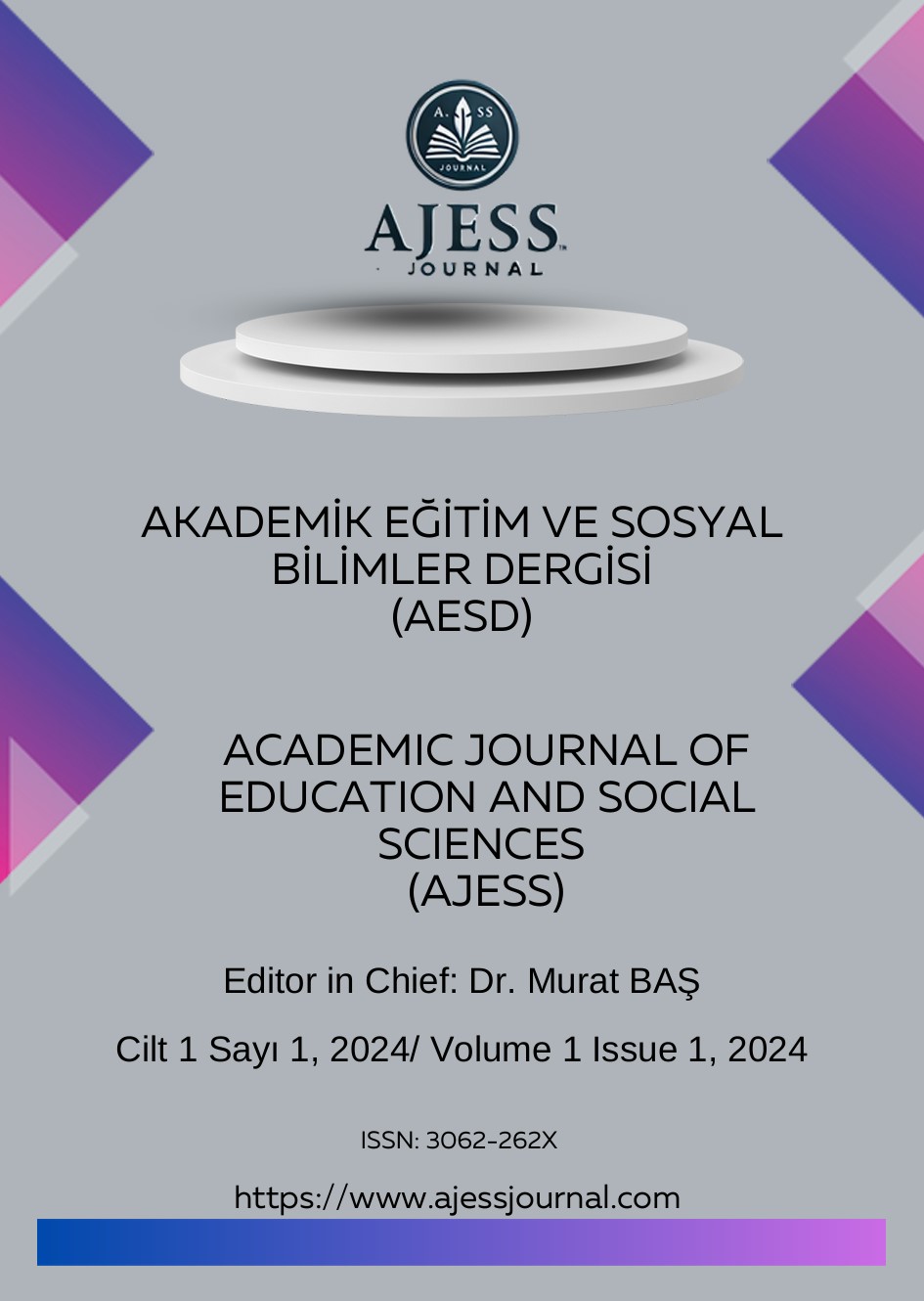Gözler, A. & Yılmaz, T. Examining Teachers' Views on the Use of Information and Communication Technology in Schools in Türkiye
Main Article Content
Abstract
This study investigates teachers’ perceptions of ICT use in primary school classrooms, focusing on its advantages, disadvantages, and effectiveness. The research aims to explore whether there is a relationship between schools’ ICT facilities and teachers' frequency of use, as well as the impact of in-service training on ICT integration. A mixed-methods approach was employed, utilizing both quantitative and qualitative data collection techniques. An online survey was conducted to gather numerical data regarding the availability of ICT facilities and their usage by teachers. Additionally, semi-structured interviews were held with five primary school teachers to gain deeper insights into their perceptions and experiences with ICT in teaching. The analysis of quantitative data using SPSS revealed no significant relationship between schools’ ICT facilities and teachers' frequency of use. However, there was a strong correlation between the frequency of ICT usage and in-service training. Teachers who received training were more likely to integrate ICT into their lessons effectively. Qualitative findings supported these results, highlighting that while most teachers viewed ICT positively, some faced challenges due to lack of training. The study concludes that ICT can enhance teaching effectiveness, particularly when teachers are adequately trained. Future research should address barriers to ICT integration and evaluate the long-term effects of training programs on teachers’ proficiency and confidence in using technology in classrooms.
Article Details
Section

This work is licensed under a Creative Commons Attribution-NonCommercial-ShareAlike 4.0 International License.
All published content is protected under the CC BY-NC-ND 4.0 license.
How to Cite
References
Ager, R. (2000). The Art of Information and Communications Technology for Teachers. London: David Fulton Publishers.
Aldridge, A. and Levine, K. (2001). Surveying the Social World: Principles and Practice in Survey Research. Buckingham: Open University Press.
BECTA. (2003). What the research says about interactive whiteboards. Retrieved January 23, 2012, from Department for Education: https://www.education.gov.uk/publications/eOrderingDownload/15006MIG2793.pdf
Bell, J. (1999). Doing Your Research Project. Berkshire: Open University Press.
BERA. (2004). Ethical Guidelines for Educational Research. Retrieved February 12, 2012, from http://www. Bera.ac.uk/files/guidelines/ethica1.pdf
BESA. (2001). Information and communication Technology in UK State Schools. Summary Report. BESA.
Bradburn, N. B. (1978). Respondent Burden. Chicago: American Statistical Association.
Brown, S. (2003). Interactive Whiteboard in Education. Retrieved January 26, 2012, from http://www.jisc.ac.uk/uploaded_documents/interactivewhiteboards.pdf
Cohen, L.; Manion, L. and Mortison, K. (2011). Research Methods in Education. Canada, USA: Routledge.
Gage, J. (2006). The Interactive Whiteboard in the Primary School. Journal of new trends in education., 1(1), 49-63.
Glover, D., Miller, D. (2001). Running with technology: the pedagogic impact of the large-scale introduction of interactive whiteboards in one secondary school. Journal of Information Techology for Teacher Education, 10(3), 257-278.
Goodison, T. (2002). Enhancing learning with ICT at primary level. British Journal of Educational Technology, 2, 215-228.
Higginsa, S. and Moseleya, D. (2001). Teachers' thinking about information and communications technology and learning: beliefs and outcomes. Teacher Development: An international journal of teachers' professional development, 5(2), 191-210.
Latham, P. (2002). Teaching and learning mathematics: the impact of interactive whiteboard- Results of the North Islington EducationAction Zone RM Easiteach Mathematics Project. London: BEAM Education.
Levy, P. (2002). Interactive Whiteboards in learning and teaching in two Sheffield schools: a developmental study. Sheffield: Department of Information Studies, University of Sheffield.
Mertens, D. (2010). Research and evaluation in education and psychology: Integrating diversity with quantitative, qualitative, and mixed methods (3rd ed.). Thousand Oaks, CA: Sage Publications.
Reynolds, D; Treharne, D. and Tripp, H. (2003). ICT- the hopes and the reality. British Journal of Educational Technology, 34(2), 151-167.
Smith, H., J., Higgins, S., Wall, K., Miller, J. (2005). Interactive whiteboards: boon or bandwagon? A critical review of the literature. Journal of Computer Assisted Learning, 91-101.
Stephan, G. & Chris, T. (2004). Combining Methods in Educational and Social Research. Berkshire: Open University Press.
Tuckman, B. W. (1972). Conducting Educational Research. New York: Harcourt Brace Jovanovic.
Usun, S. (2009). Information and communications technologies (ICT) in teacher education (ITE) programs in the world and Turkey: (a comparative review). Procedia-Social and Behavioral Sciences, 1(1), 331-334.
Vivancos, J. (1997). Implementing Information Technology in the Educational System. A Catalonia perspective. European Journal of Teacher Education, 20(1), 39-47.



